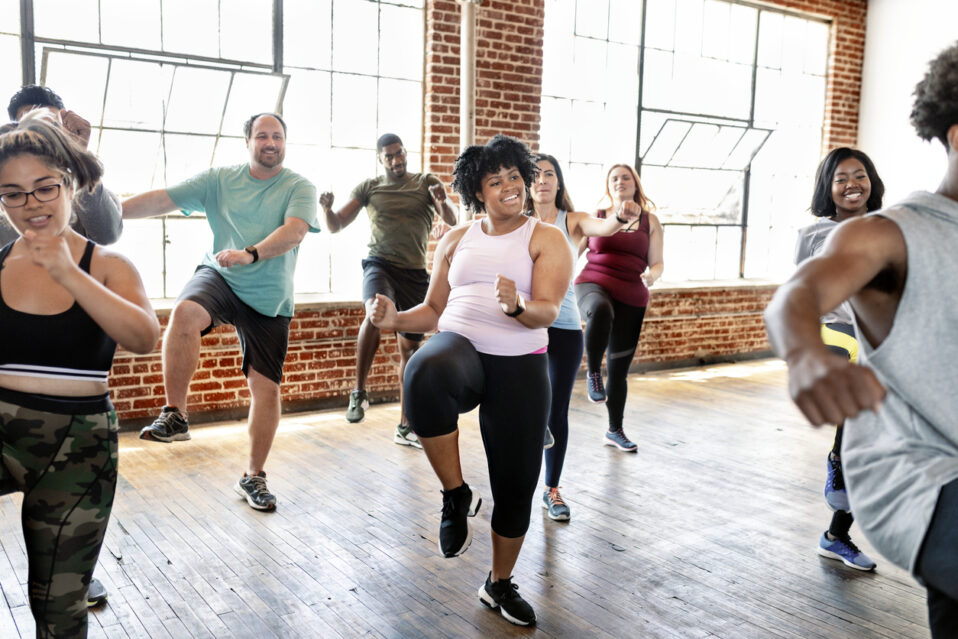Summarized by Dr. Stacey Jou
July 2023
Regular exercise can help decrease the risk of heart disease, improve blood flow to the brain, and improve mood in people who have had a previous brain injury. However, participating in physical activity can be challenging for those with a brain injury.
A recent study titled, “Physical activity and perceived barriers in individuals with moderate-to-severe traumatic brain injury,” looked at the levels of physical activity and barriers to physical activity in people with moderate-to-severe traumatic brain injuries (TBI). The study involved surveys filled out by 472 people with such brain injuries. Half of the participants were between 18 and 44 years old, and the other half were 45 years old or older.
The most commonly reported physical activities were light tasks, including housework, yardwork, and walking. The second most reported types of physical activity were flexibility and strength training exercises. 55% of survey participants did not meet the CDC (Centers for Disease Control and Prevention) recommendations of having at least 30 minutes of moderate physical activity on most days. The main barriers to having regular physical activity include lack of motivation, lack of time, and fatigue. Notably, older participants (45 years and older) were less likely to meet the CDC recommendations, but they also perceived fewer barriers to physical activity.
The study authors concluded that if these older participants did not see many barriers to their physical activity, it could be because they didn’t fully understand the importance of regular exercise. Therefore, in addition to promoting regular physical activity for people with brain injuries, it may also be necessary to educate on why this is important.
The study authors recommend personalized strategies to address individual barriers to physical activity. This includes taking into account any physical, mental, and socioeconomic challenges. When it comes to exercise, it is crucial to recognize and address the specific challenges faced by individuals with brain injuries. Regular physical activity can help maintain health and improve quality of life for those who have had a brain injury.
“Physical activity and perceived barriers in individuals with moderate-to-severe traumatic brain injury” by Pham et al. can be found at: https://pubmed.ncbi.nlm.nih.gov/35596121/




